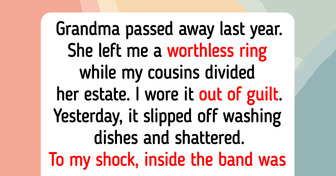My Dad Walked Out on Me 10 Years Ago, Now He Wants to Meet My Child

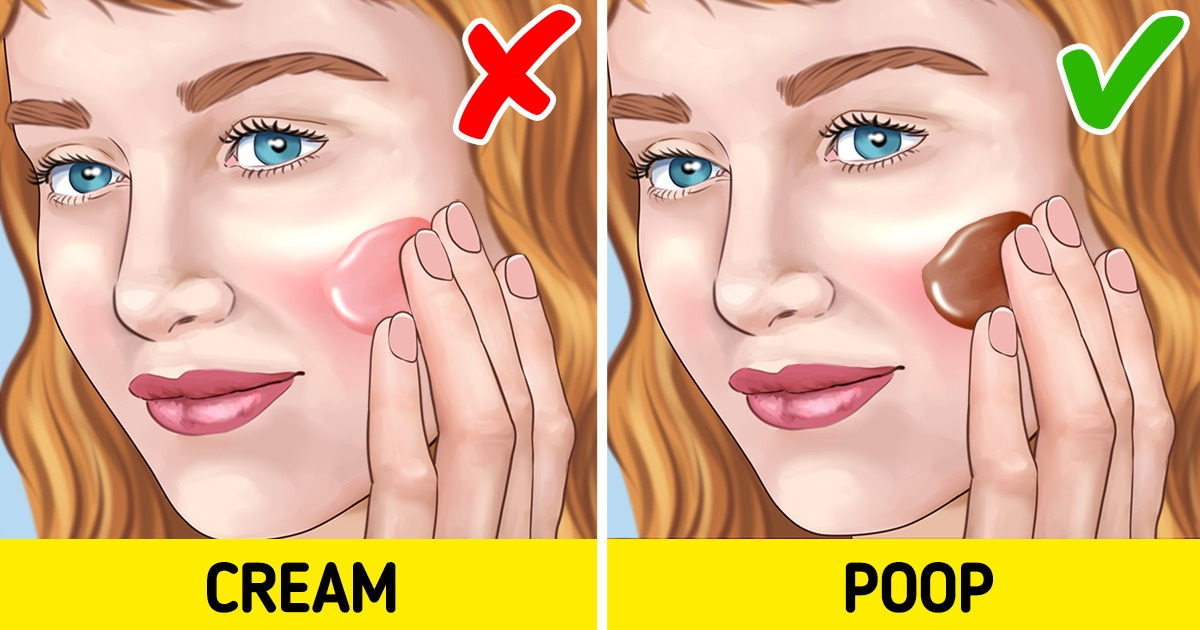
We know that modern medicine has made a great leap in the last century, with modern machines that can scan our brains and lasers that can improve our eyesight. But what we’re not aware of is where it all started. Old-timey cures that consisted of using chloroform or magic words are a great reminder of how far medicine has come.
This article is for informative purposes only. Please don’t try these at home, and if you feel any symptoms, consult with your doctor first.

Painkillers only became available in the 1950s, so you might wonder what people in the past did when they had a head-splitting migraine. Doctors resorted to more creative solutions. For example, in Ancient Rome, they would put a live torpedo fish in the place of pain to treat the patient with jolts from the electricity that the fish produced.
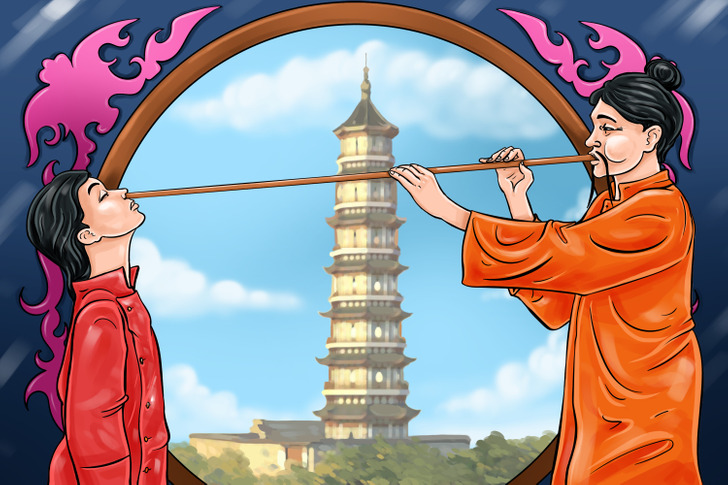
During an outbreak of smallpox in East Asia, nasal insufflation came to be. It basically consisted of collecting the scabs from the inflected and grounding them into a powder, which was then blown into the nose of the person to be inoculated. This practice became ritualized, and the right nostril was used for boys, whereas the left one was used for girls.
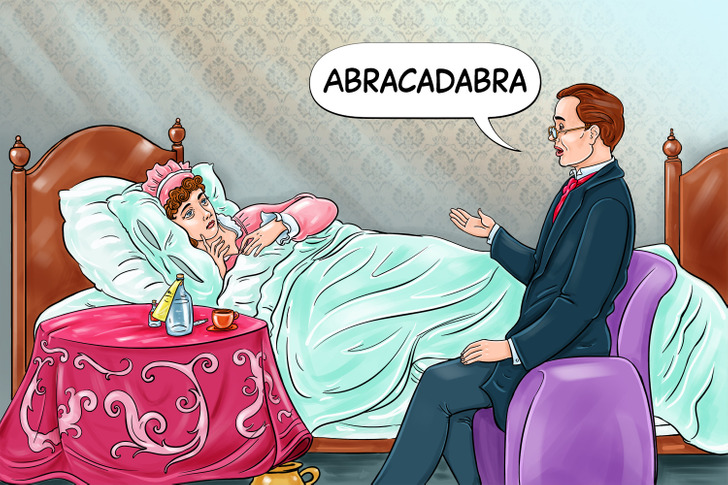
Whenever we think of a magic trick, the word “abracadabra” comes to mind. But for the Roman physician, Quintus Serenus Sammonicus, this charm was considered real medicine. He recommended his patients write the word over and over on a piece of paper and wear it around their necks.
If that didn’t work, they were supposed to rub themselves with lion fat. Needless to say, the treatment wasn’t successful.
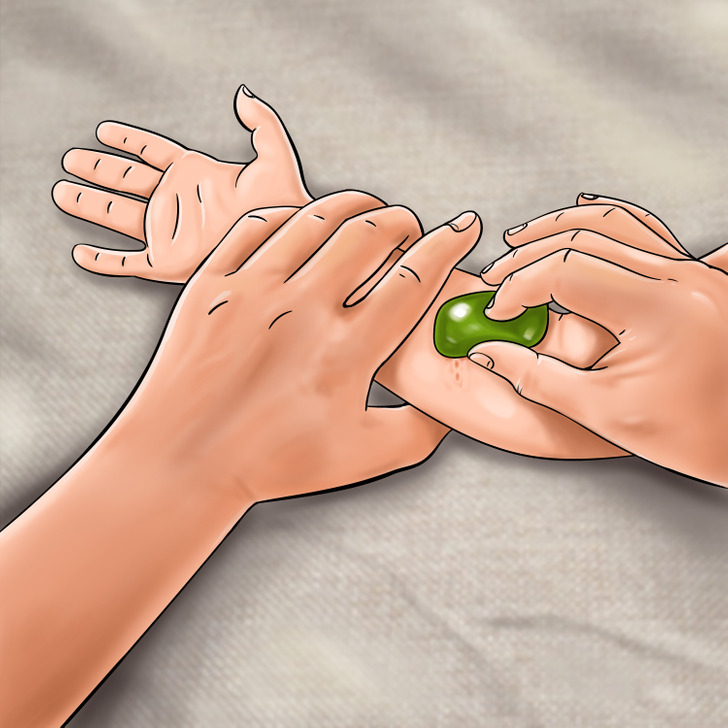
There were many wacky cures for rabies, but perhaps the most interesting one was the one that used madstones. According to folklore, it was a special medicine that was supposed to have curative powers. So by pressing it against the bite wound, it would draw the madness out. Madstones became so valuable, they’d often get passed down through generations as family heirlooms.

Emperor Qin Shi Huang believed mercury had magical properties, so he would drink some concoctions containing this “elixir” every day to obtain eternal life. Little did he know, mercury is incredibly toxic. It can cause muscle weakness, brain and kidney damage, and, ironically, death due to poisoning. Modern medicine may have found lots of cures for various ailments, but there’s still no pill for eternal life.
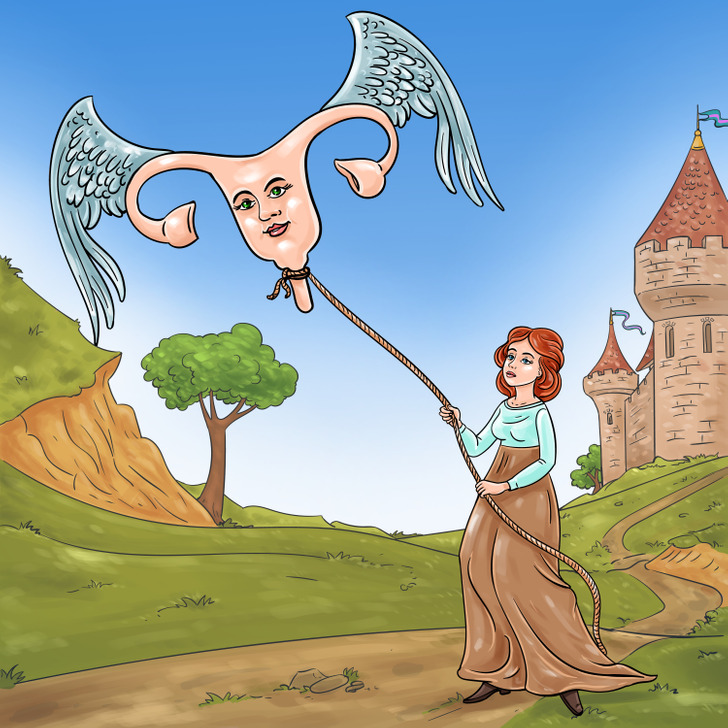
Doctors in ancient times were obsessed with the womb, and they believed it was a separate creature with a mind of its own. For them, the reason why women were so different from men, both physically and mentally, was the “wandering womb.” When a woman was celibate for a long time, her uterus could glide freely about her body and cause suffocation, seizures, and hysteria. Women were recommended to take therapeutic baths, infusions, and massages to try to force it back in place.

Most of us associate chloroform with detective stories that involve the victim being knocked out with this chemical. But in the past, chloroform was actually prescribed to relieve coughs and as a general anesthetic. The Food and Drug Administration (FDA) finally prohibited the use of chloroform in medications in 1976, when research revealed chloroform increased cancer risks and could cause fatal respiratory and cardiac arrest.
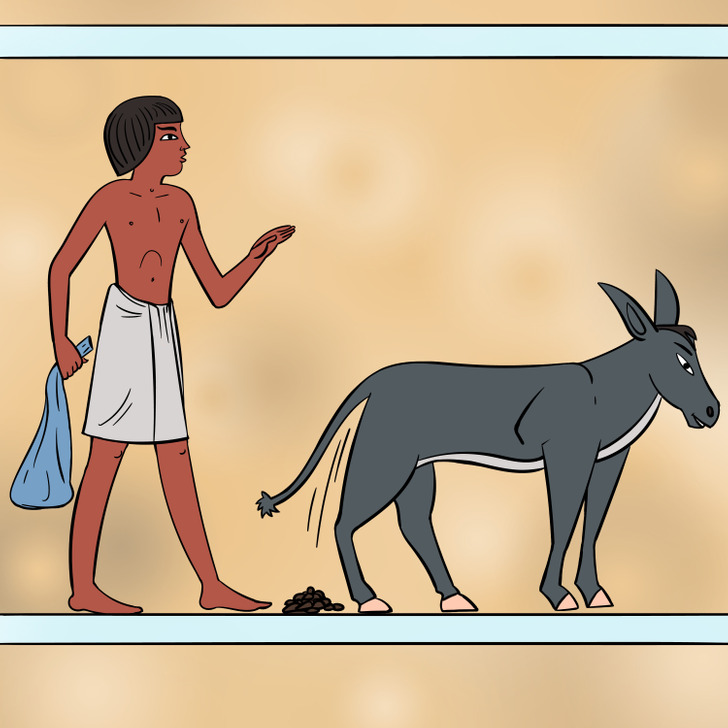
Ancient Egyptians are praised for their advanced, well-run medical system. However, one particular cure they used really stank, literally. They prescribed animal and human excrement to treat all kinds of illnesses and injuries. According to them, dung not only had healing properties but would also scare away any evil spirits.
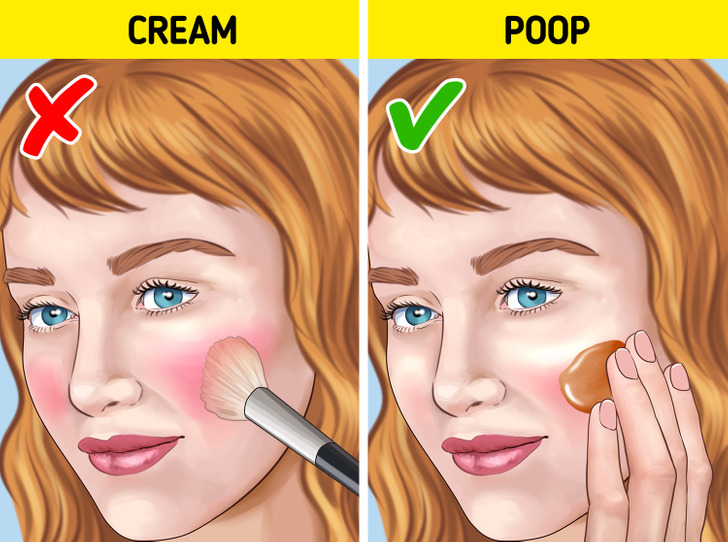
We usually use skincare with ingredients that seem fresh and have a nice smell, such as lavender, lily, and peppermint. However, ancient Roman and Greek women would lighten their skin with dung, a powder made of white lead and chalk.

People in Roman times used accessible urine for different kinds of things, like tooth whitener, as the ammonia in urine potentially helps to rid teeth of stains. As for ancient Chinese people, they fought bad breath with elephant bile, which they believed could get rid of it.
Unlike the tranquility associated with Roman baths, ancient Roman restrooms evoked fear. Superstition was used as protection by bathroom users at the time, as proven by researchers who discovered magical spells (such as “abracadabra”) written on bathroom walls across the empire to fight off demons.


